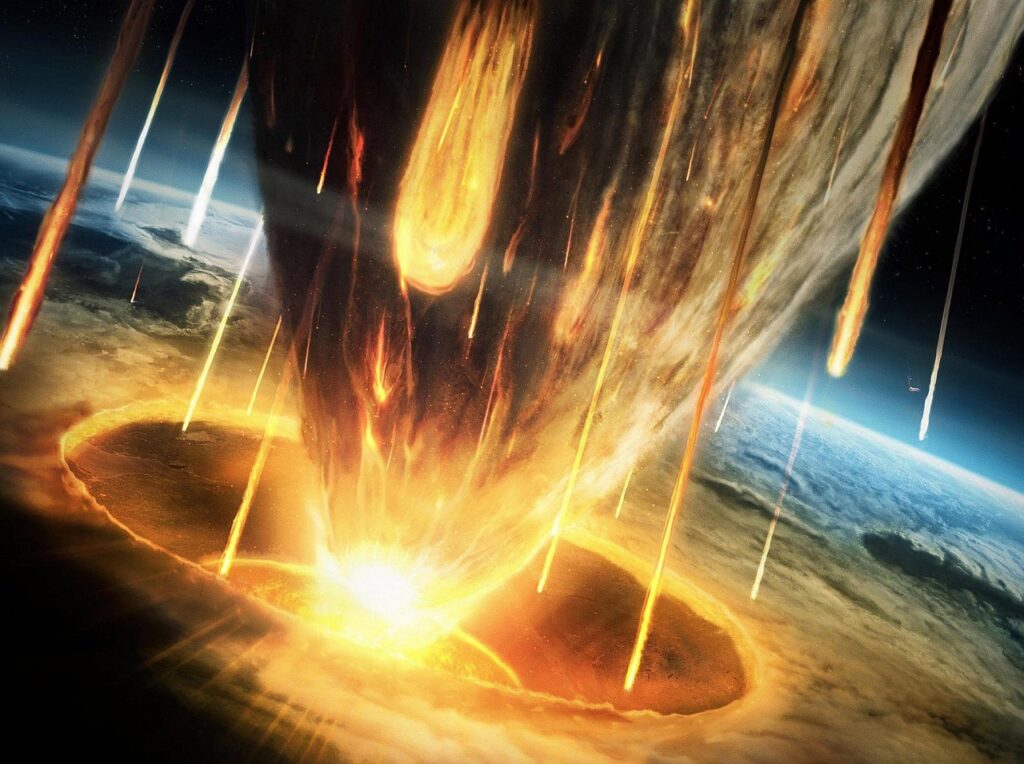Imagine stepping into a world where colossal dinosaurs wandered through landscapes dotted with the very first flowers Earth had ever seen. This wasn’t science fiction—it was the Cretaceous Period, roughly 145 to 66 million years ago, when our planet experienced one of the most dramatic transformations in its history. The emergence of flowering plants didn’t just add splashes of color to prehistoric landscapes; it fundamentally rewrote the rules of survival for every creature that called Earth home.
For millions of years before this floral revolution, dinosaurs had been perfectly content munching on ferns, conifers, and cycads. But when angiosperms—flowering plants—burst onto the scene, they brought with them a buffet of new possibilities. Seeds, fruits, nectar, and entirely new plant structures suddenly became available, creating opportunities that would reshape entire ecosystems and influence the evolutionary paths of countless species.
When Petals First Unfurled in Dinosaur Territory
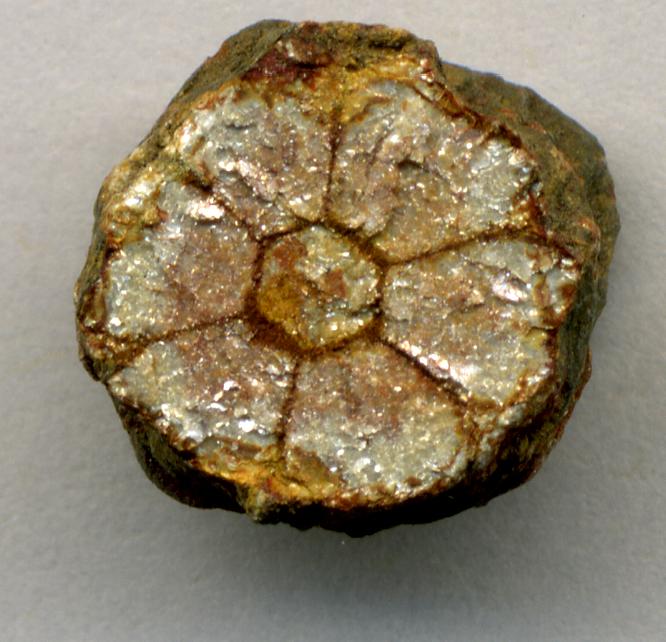
The first flowering plants appeared during the Early Cretaceous, around 130 million years ago, in what scientists call the “Cretaceous Terrestrial Revolution.” These weren’t the elaborate roses or sunflowers we know today, but rather simple, small blooms that would seem almost primitive by modern standards. Yet their impact was nothing short of revolutionary.
Archaeological evidence suggests that early angiosperms were likely small, herbaceous plants with tiny flowers lacking the showy petals we associate with modern blooms. Fossil records from places like northeastern China and Portugal reveal delicate imprints of these ancient pioneers, showing us that they initially occupied marginal habitats—areas where traditional plant life struggled to thrive.
What made these early flowers special wasn’t their beauty, but their incredible efficiency. Unlike their predecessors, flowering plants could reproduce faster, adapt quicker to changing conditions, and offer more diverse food sources. This biological innovation would soon catch the attention of hungry dinosaurs looking for their next meal.
The Great Plant Takeover That Changed Everything
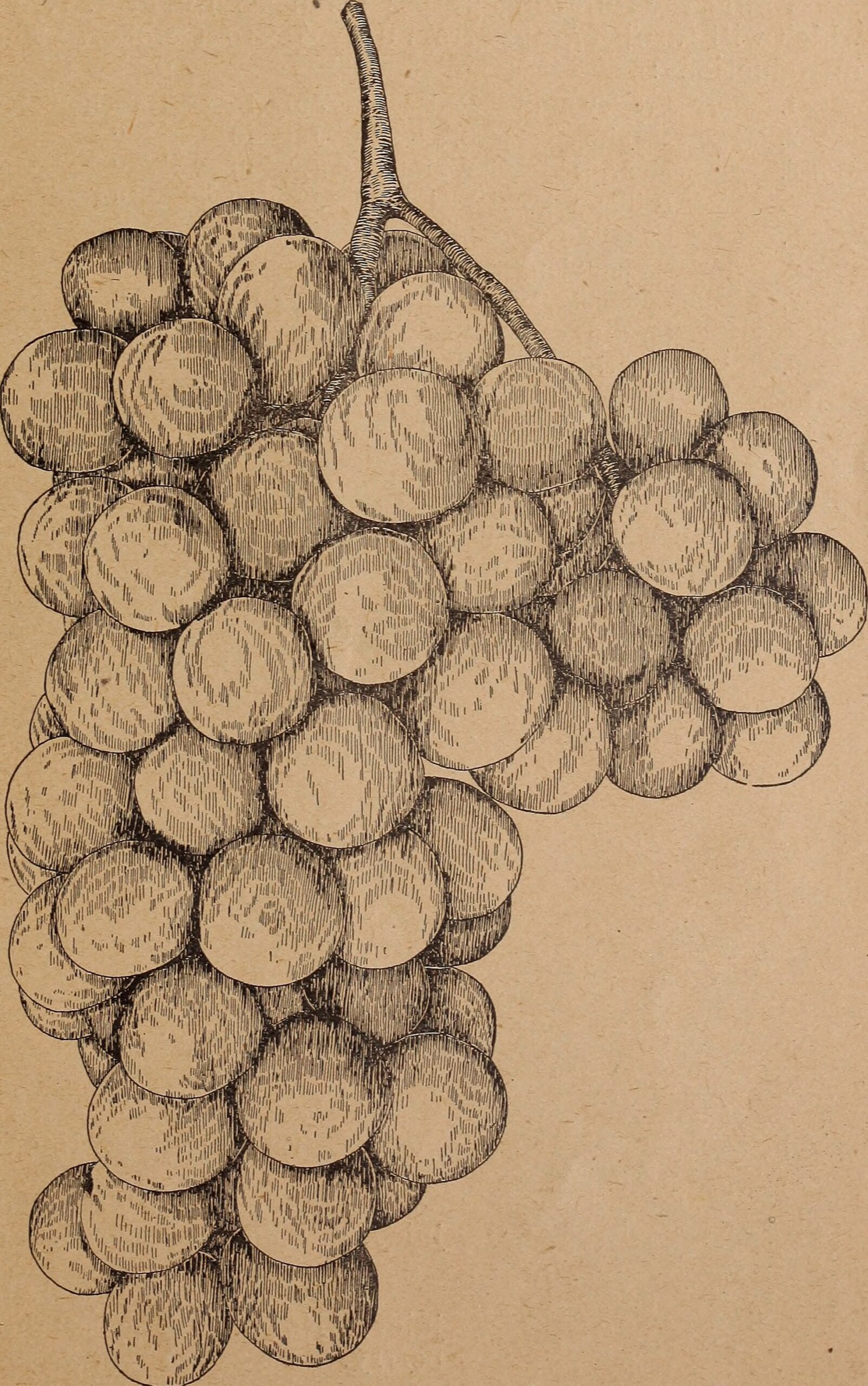
Within just 40 million years—a blink of an eye in geological terms—flowering plants went from newcomers to dominant forces in terrestrial ecosystems. This rapid expansion wasn’t just about pretty petals; it was about survival strategy and ecological dominance that would fundamentally alter the planet’s food webs.
The secret to their success lay in their reproductive efficiency and adaptability. While conifers and ferns relied on wind or water for reproduction, flowering plants developed intricate partnerships with insects, creating the first pollination networks. This meant they could reproduce more reliably and in more diverse environments than their competitors.
As these plants spread across continents, they began displacing traditional vegetation. Vast forests of ferns and cycads gradually gave way to mixed woodlands where flowering trees like early magnolias and plane trees created entirely new canopy structures. The forest floor, once dominated by primitive understory plants, became a tapestry of flowering herbs and shrubs.
Herbivorous Giants Discover Nature’s Candy Store
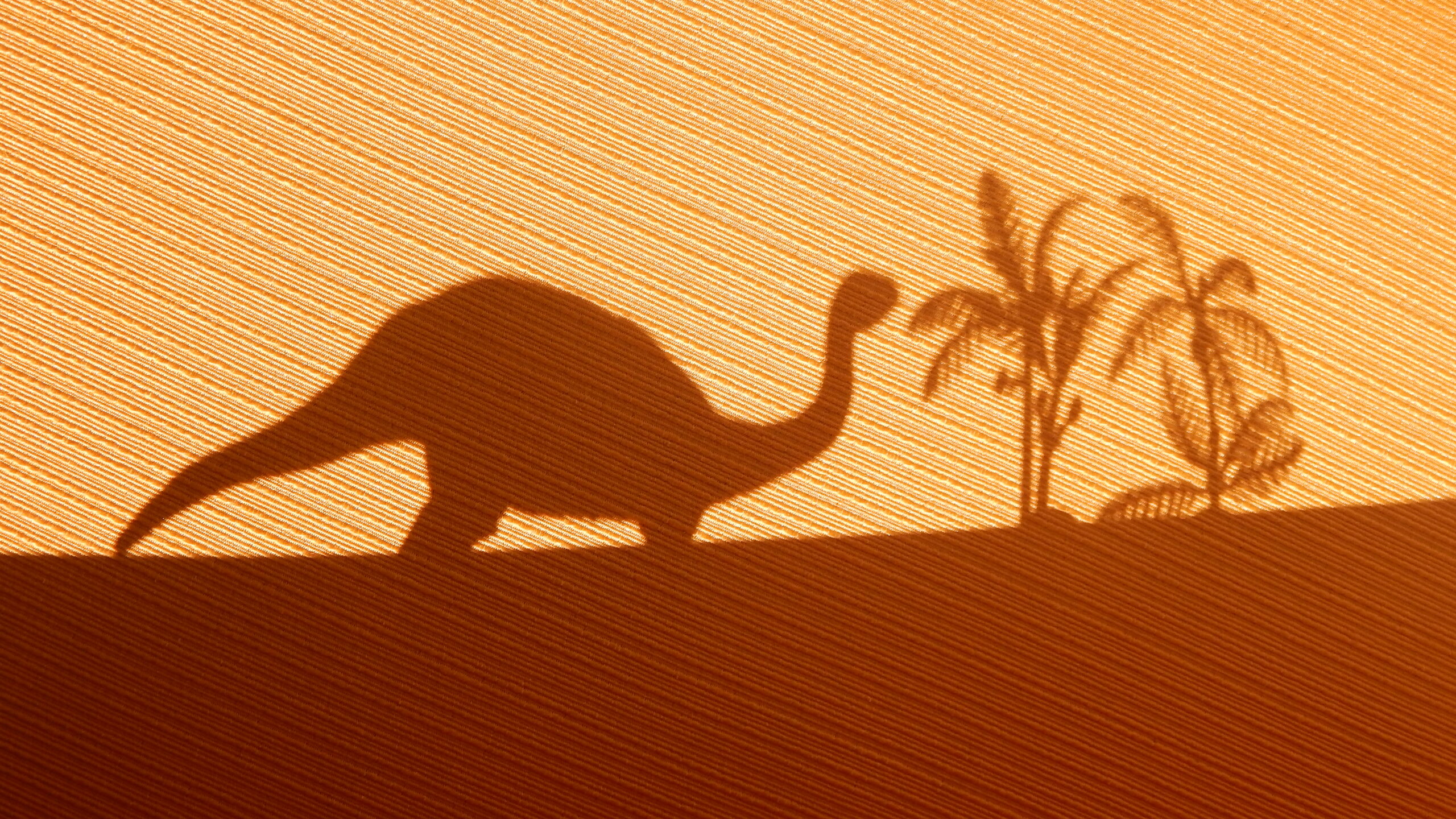
For plant-eating dinosaurs, the arrival of flowering plants was like discovering a cosmic candy store had opened right in their backyard. These massive herbivores, some weighing as much as modern elephants, suddenly had access to foods that were not only more nutritious but also more varied than anything they’d encountered before.
Large sauropods like Alamosaurus and Titanosaurus began incorporating flowering tree fruits and seed pods into their diets. These energy-rich foods provided more calories per bite than the tough, fibrous ferns and conifers they’d been consuming for millions of years. The concentrated nutrition meant these giants could potentially spend less time foraging and more time on other activities.
Smaller herbivores like hadrosaurs and ceratopsians discovered an even greater variety of options. Ground-level flowering plants offered everything from protein-rich seeds to sugar-laden fruits. Some species likely became specialists, developing feeding strategies specifically adapted to exploit these new food sources.
The Nectar Highway: Prehistoric Pollinators at Work
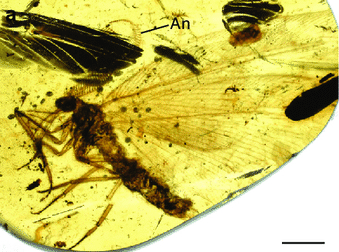
While we often think of bees and butterflies as modern pollinators, the Cretaceous Period saw the emergence of the first flower-visiting insects. These tiny creatures became unwitting partners in one of evolution’s most successful collaborations, creating networks that would support both plant and animal diversity for millions of years to come.
Early beetles, flies, and primitive moths began visiting flowers for nectar and pollen, inadvertently transferring genetic material between plants. This relationship was so beneficial that both insects and flowers rapidly evolved to become more efficient at their respective roles. Flowers developed brighter colors, stronger scents, and more accessible nectar, while insects evolved better sensing abilities and specialized feeding apparatus.
Some dinosaur species likely benefited indirectly from these pollination networks. As flowers became more abundant and diverse, they supported larger populations of insects, which in turn became food sources for smaller dinosaurs and other prehistoric creatures. This created complex food webs that were far more intricate than those in pre-flowering plant ecosystems.
Seed Dispersal: When Dinosaurs Became Gardeners
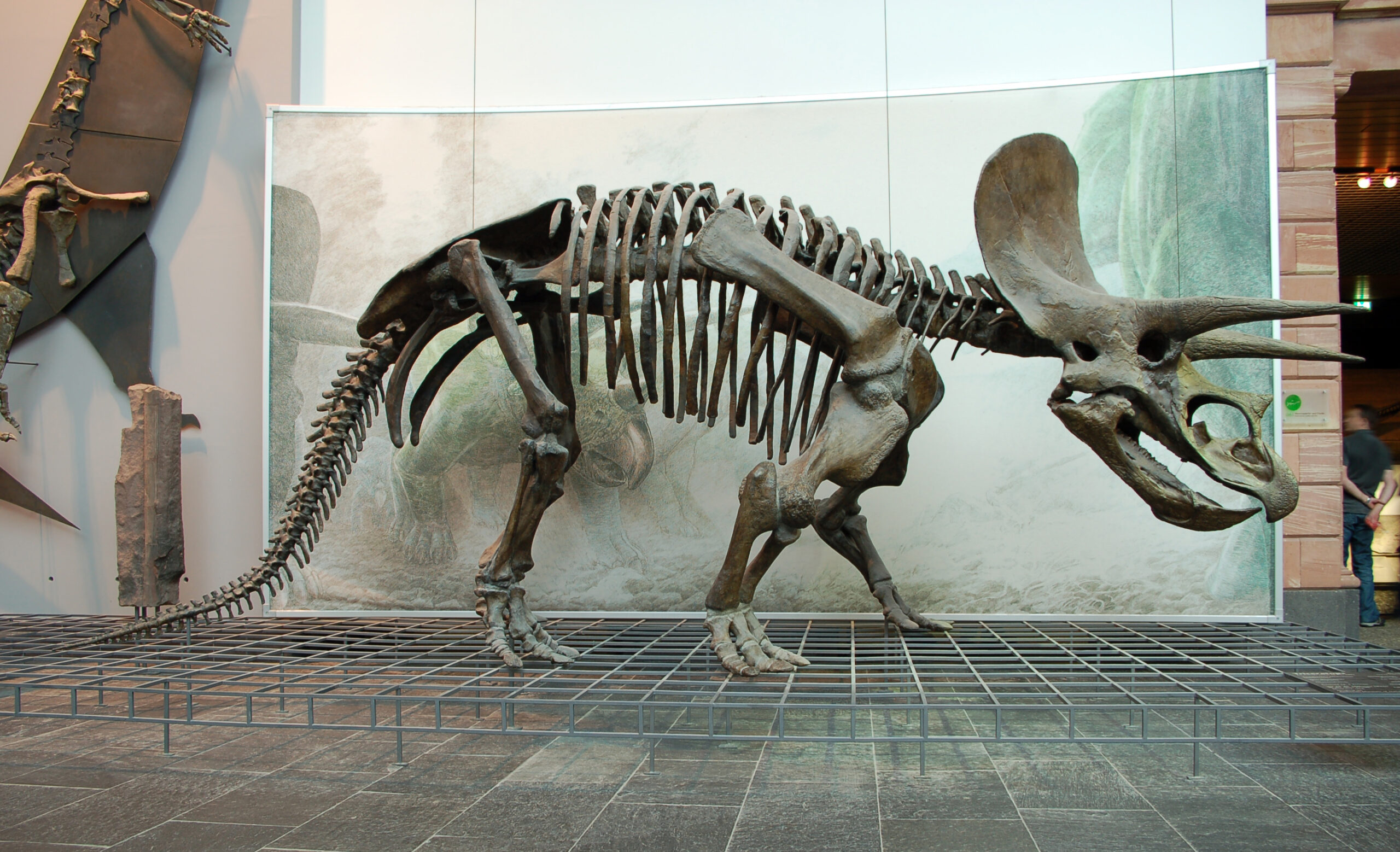
One of the most fascinating aspects of the Cretaceous floral revolution was how large dinosaurs inadvertently became some of the world’s first long-distance gardeners. By consuming fruits and seeds, these massive creatures helped flowering plants colonize new territories across vast prehistoric landscapes.
Sauropods, with their enormous digestive systems and long daily travel distances, were particularly effective seed dispersers. After consuming fruits from flowering trees, they would deposit viable seeds in their droppings miles away from the parent plant. This natural dispersal mechanism helped flowering plants spread across continents far faster than wind or water dispersal alone could achieve.
Even smaller herbivorous dinosaurs played crucial roles in this process. Ornithopods like Iguanodon likely consumed small fruits and berries, carrying seeds in their digestive systems as they moved through their territories. This created a prehistoric version of modern seed dispersal networks, where animals and plants evolved together in mutually beneficial relationships.
Nutritional Goldmines: The Chemistry of Prehistoric Fruits
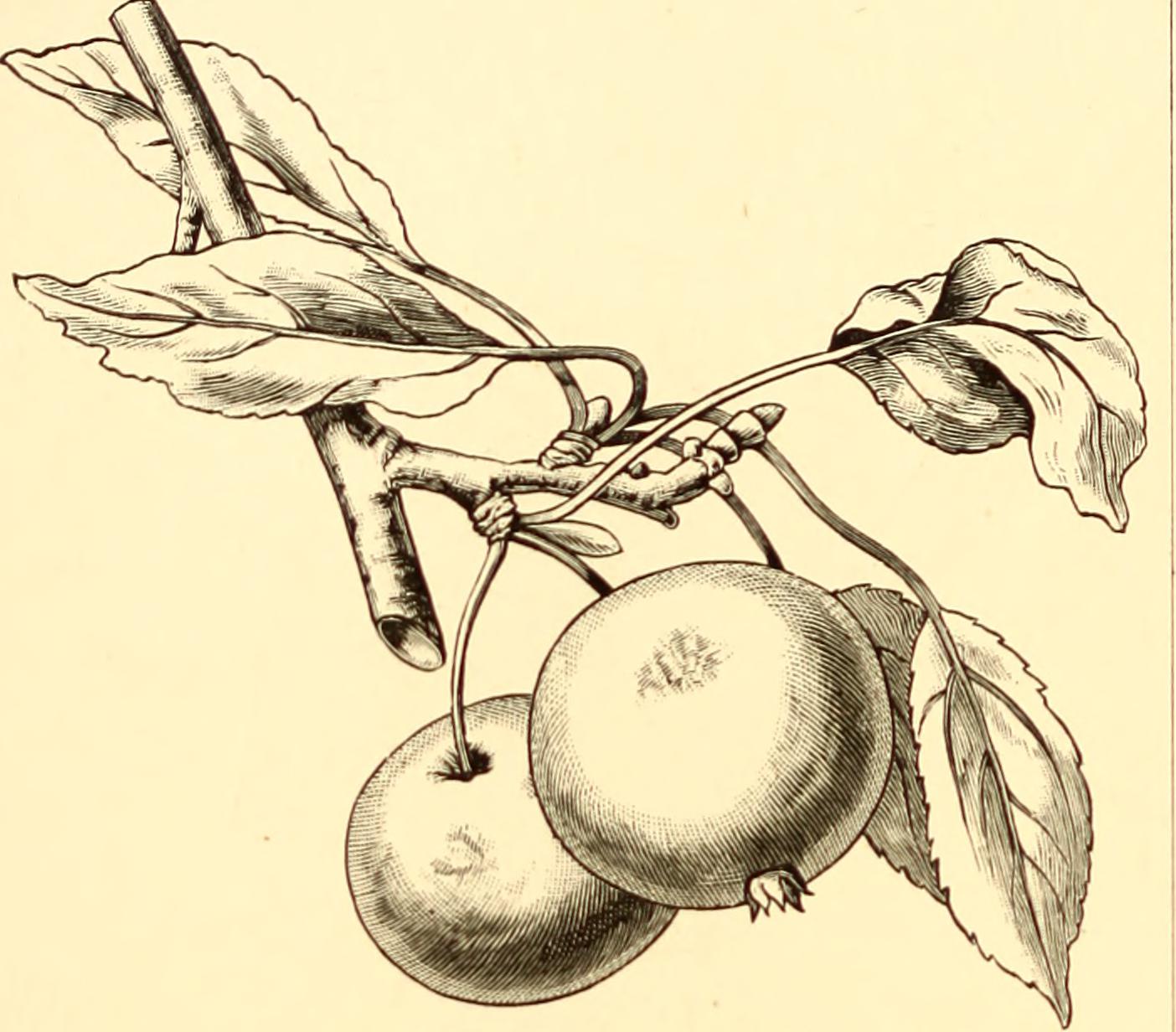
The fruits and seeds that flowering plants offered weren’t just different from previous food sources—they were nutritional powerhouses that provided dinosaurs with energy and nutrients in unprecedented concentrations. This dietary upgrade may have supported larger populations and more diverse species than ever before.
Early fruits contained high concentrations of natural sugars, providing quick energy that was especially valuable for active dinosaurs. Seeds offered concentrated proteins and oils that were essential for growth and reproduction. These nutrient-dense foods were particularly important for young dinosaurs, whose rapid growth rates demanded high-quality nutrition.
Chemical analysis of fossilized plant remains suggests that Cretaceous flowering plants also contained various secondary compounds—natural chemicals that may have provided medicinal benefits. Some dinosaurs might have sought out specific plants not just for nutrition, but for their therapeutic properties, similar to how modern animals self-medicate by consuming certain plants.
Evolutionary Arms Race: Plants Fight Back
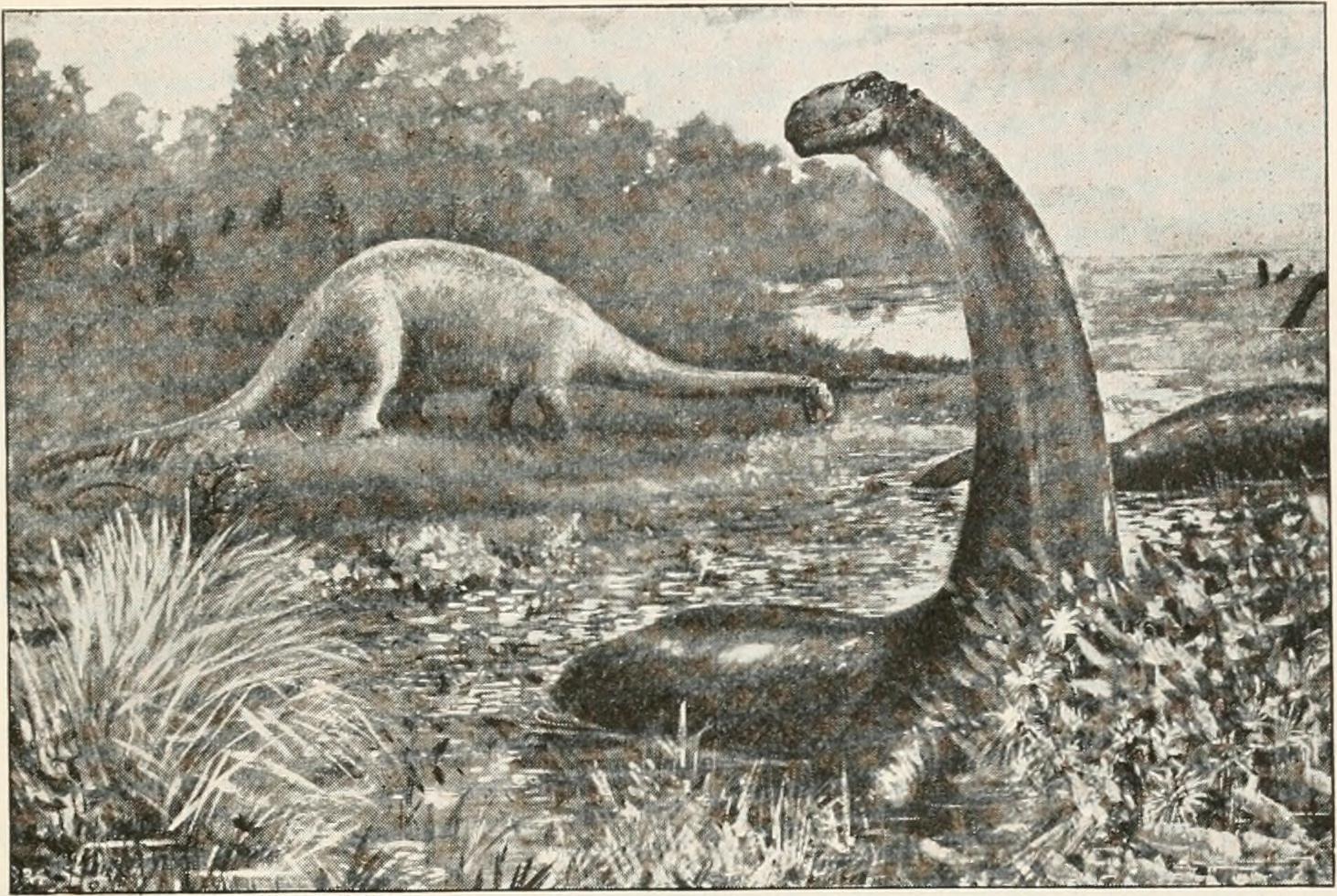
The relationship between flowering plants and dinosaurs wasn’t entirely one-sided. As herbivorous dinosaurs began exploiting these new food sources, plants evolved increasingly sophisticated defenses to protect themselves from being eaten to extinction.
Many flowering plants developed toxic compounds in their leaves and stems while keeping their fruits and seeds relatively safe to eat. This strategy ensured that animals would consume and disperse their reproductive parts without destroying the entire plant. Some species evolved thorns, tough bark, or bitter-tasting chemicals that made them less appealing to hungry herbivores.
Other plants took a different approach, developing rapid growth rates and reproductive cycles that allowed them to recover quickly from dinosaur browsing. These “weedy” species could rebound from heavy grazing pressure, ensuring their survival even in areas with high dinosaur populations.
The Rise of Flowering Forests
As the Cretaceous Period progressed, entire forest ecosystems began to transform. Traditional conifer-dominated landscapes gave way to mixed forests where flowering trees created new vertical habitats and ecological niches that had never existed before.
Early flowering trees like magnolias and plane trees grew to impressive heights, creating canopy layers that filtered sunlight differently than coniferous forests. This new light environment supported different understory communities, leading to greater plant diversity at all levels of the forest ecosystem.
These flowering forests provided dinosaurs with more diverse feeding opportunities. Tall browsers could access flowering tree canopies, while ground-dwelling species exploited the rich understory communities. The vertical stratification of these forests supported more dinosaur species in the same area than had been possible in earlier ecosystems.
Carnivorous Dinosaurs: Indirect Beneficiaries
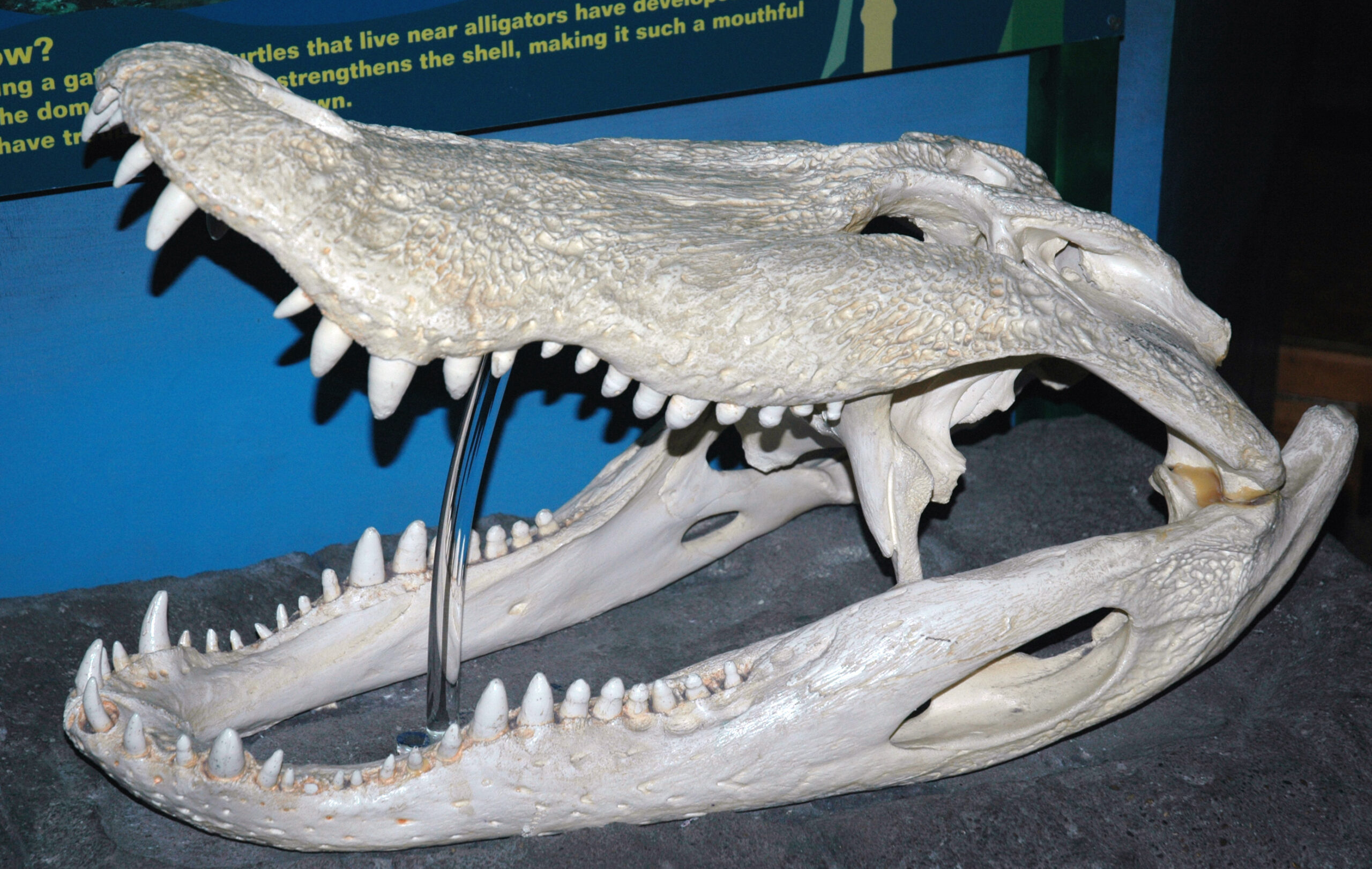
While carnivorous dinosaurs didn’t directly consume flowering plants, they nonetheless benefited significantly from the floral revolution. The increased diversity and abundance of herbivorous species created more hunting opportunities and supported larger predator populations.
The improved nutrition available to herbivorous dinosaurs meant they could grow larger and support bigger populations. This abundance of prey supported more diverse carnivore communities, from small pack hunters to massive apex predators like Tyrannosaurus rex. Some paleontologists suggest that the largest predatory dinosaurs might not have been possible without the rich ecosystems supported by flowering plants.
Additionally, the complex forest structures created by flowering plants provided new hunting environments. Dense understory vegetation offered cover for ambush predators, while open flowering meadows created opportunities for pursuit hunters. This habitat diversity supported different hunting strategies and allowed multiple carnivore species to coexist in the same regions.
Climate Change and Floral Adaptation
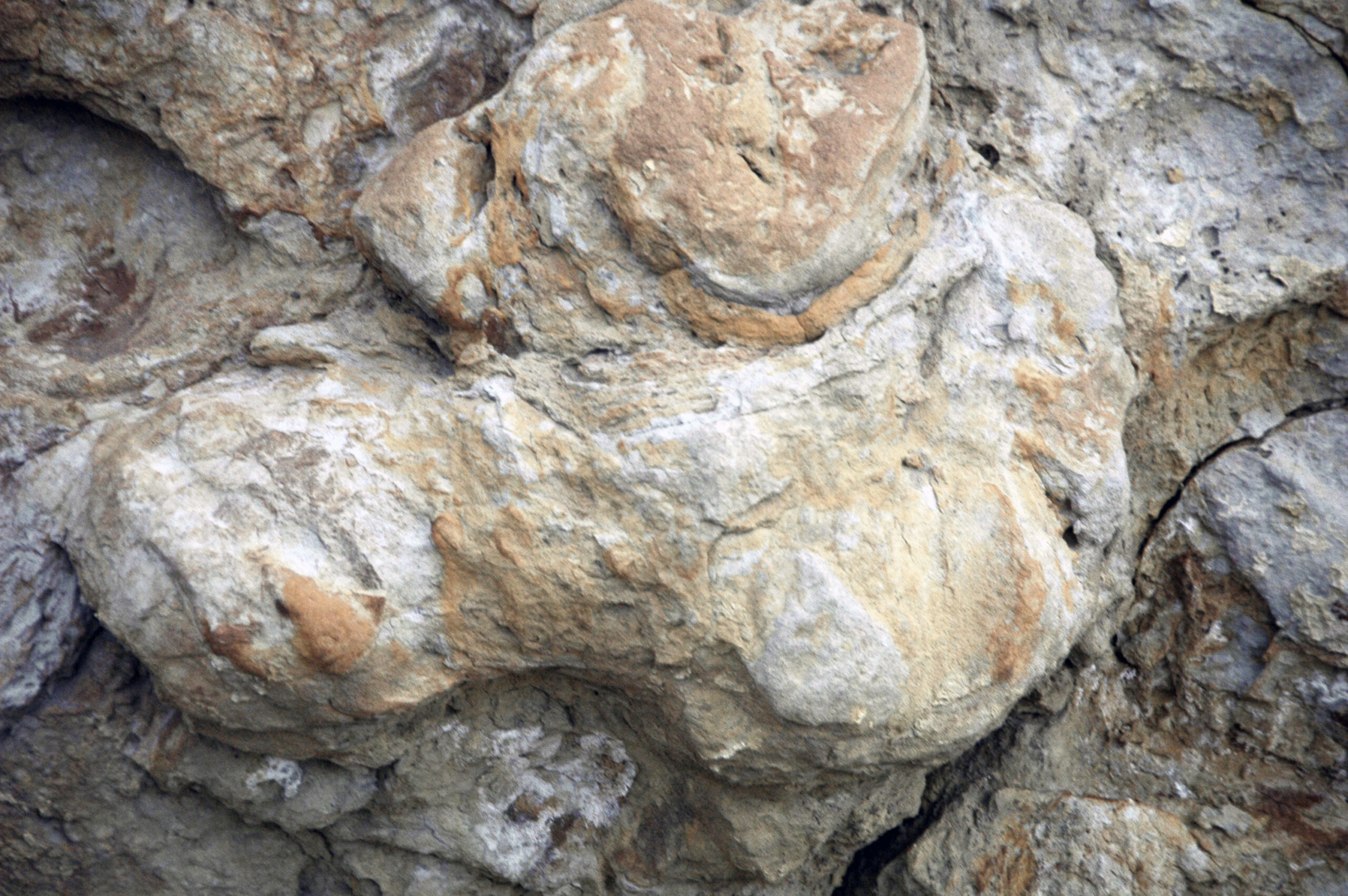
The Cretaceous Period experienced significant climate fluctuations, and flowering plants proved remarkably adaptable to these changing conditions. Their evolutionary flexibility helped them not only survive but thrive during periods of environmental stress.
During warmer periods, flowering plants rapidly expanded into higher latitudes, creating new habitats for dinosaurs in previously inhospitable regions. Their ability to adapt to different temperature and moisture conditions meant they could colonize environments where traditional plants struggled to survive.
When cooler periods arrived, many flowering plants could retreat to refugia—protected areas where they could survive harsh conditions—then rapidly recolonize when conditions improved. This resilience made them reliable food sources for dinosaurs even during environmental upheavals that might have devastated other plant communities.
The Pollination Revolution
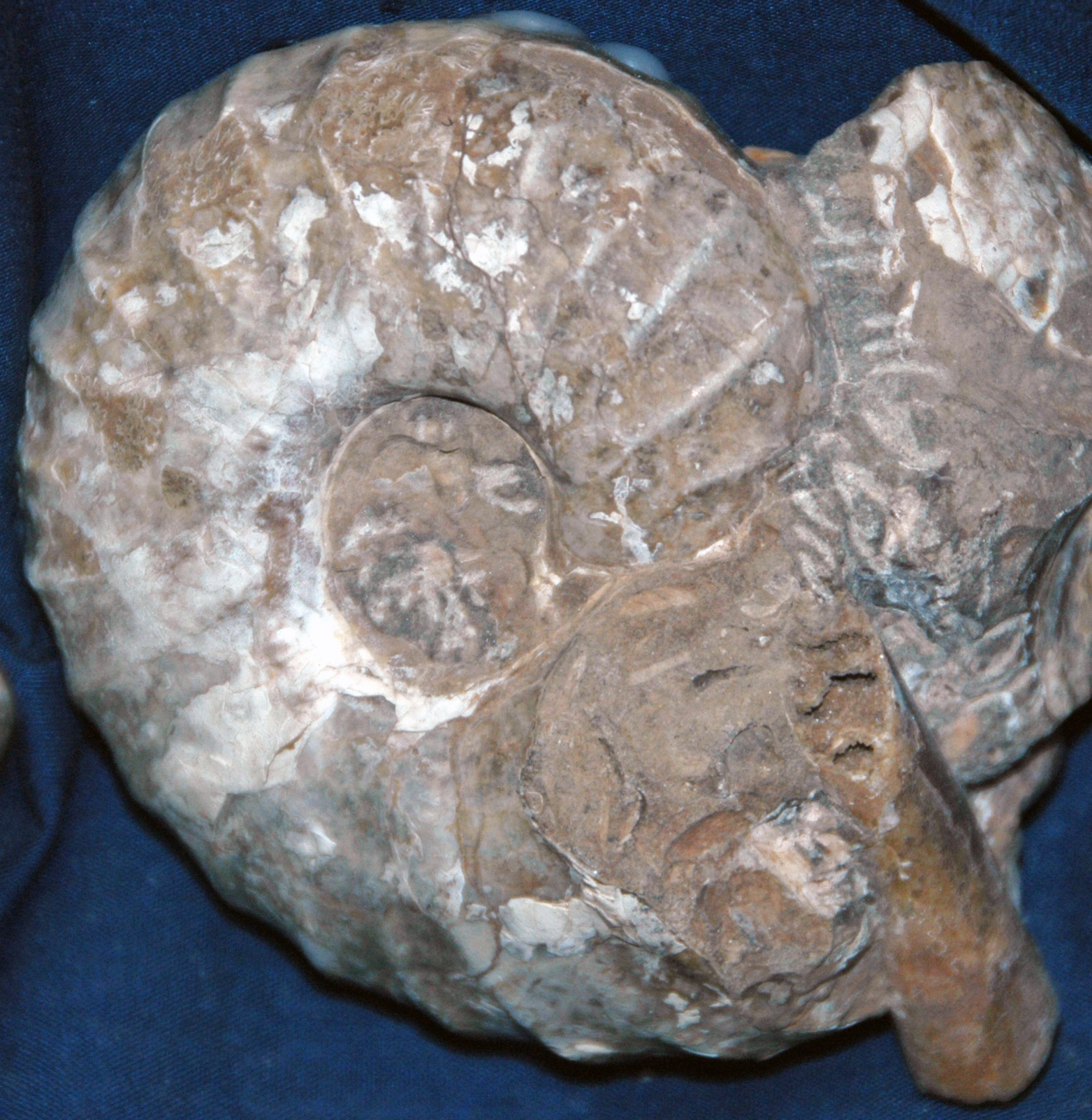
The development of specialized pollination relationships during the Cretaceous created some of the most intricate ecological partnerships in Earth’s history. These relationships involved not just insects and flowers, but also the dinosaurs and other animals that depended on both groups.
As flowers evolved to attract specific pollinators, they developed increasingly sophisticated features. Some flowers opened only at certain times of day, while others produced specific scents or colors that appealed to particular insect species. This specialization led to remarkable diversity in both plant and insect communities.
The success of these pollination networks created more stable and productive ecosystems. Reliable reproduction meant flowering plants could maintain consistent populations, providing predictable food sources for dinosaurs. This stability supported the evolution of more specialized feeding behaviors and potentially contributed to the remarkable diversity of dinosaur species during the Late Cretaceous.
Fossil Evidence: Reading the Ancient Menu
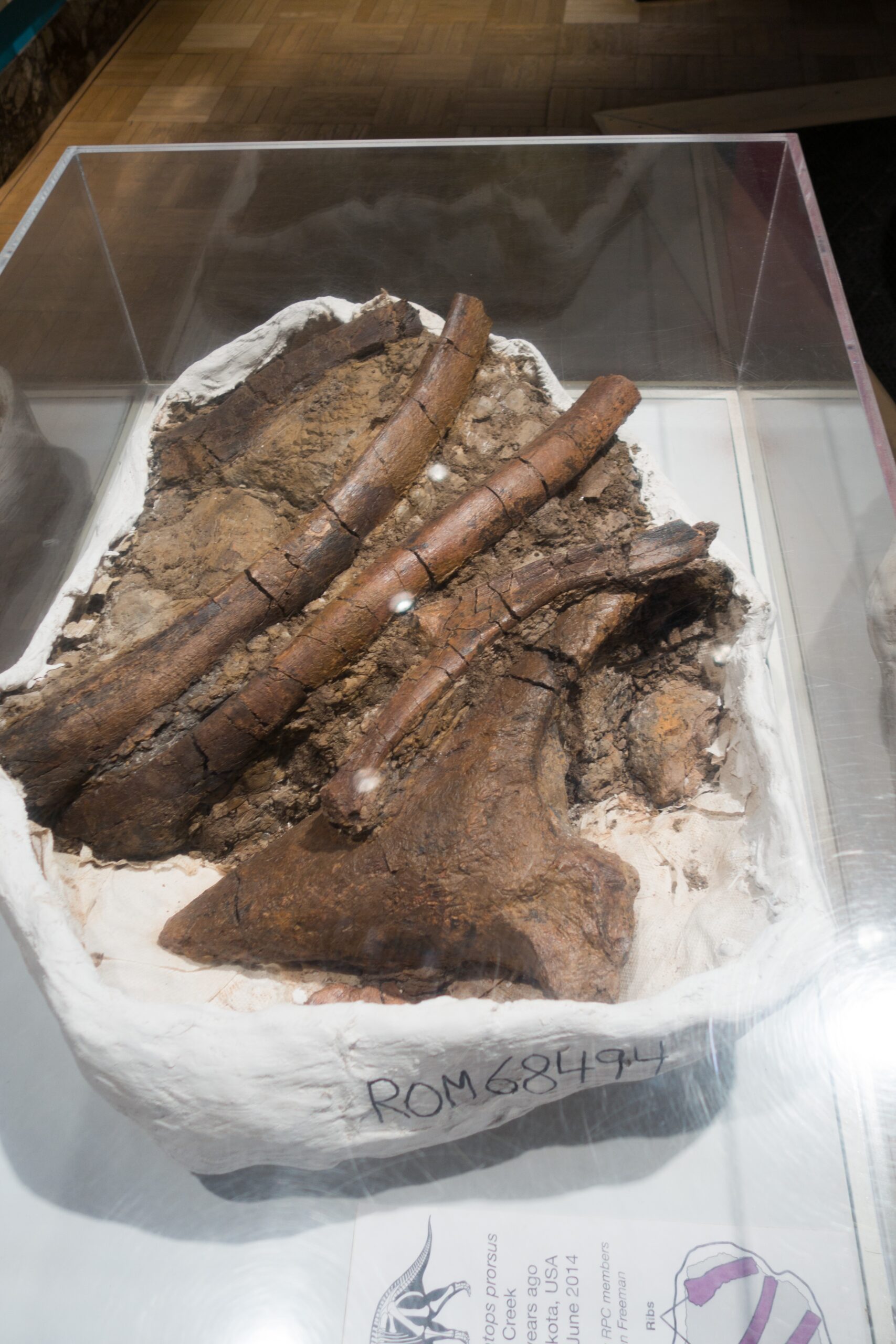
Paleontologists have uncovered fascinating evidence of dinosaur-plant interactions through various types of fossils. These discoveries provide direct insights into what dinosaurs ate and how they interacted with flowering plants.
Coprolites—fossilized dinosaur droppings—contain preserved plant material that reveals exactly what these ancient creatures consumed. Many Cretaceous coprolites contain fragments of flowering plant seeds, fruits, and leaves, providing concrete evidence of dietary choices. Some even contain intact seeds that had passed through dinosaur digestive systems, demonstrating the seed dispersal relationships.
Bite marks on fossilized plant material offer additional evidence of feeding behaviors. Distinctive tooth marks on ancient wood and leaf fossils show us which dinosaur species fed on particular plants and how they processed their food. These traces help scientists reconstruct the complex feeding relationships that existed in Cretaceous ecosystems.
The Great Extinction: When the Music Stopped
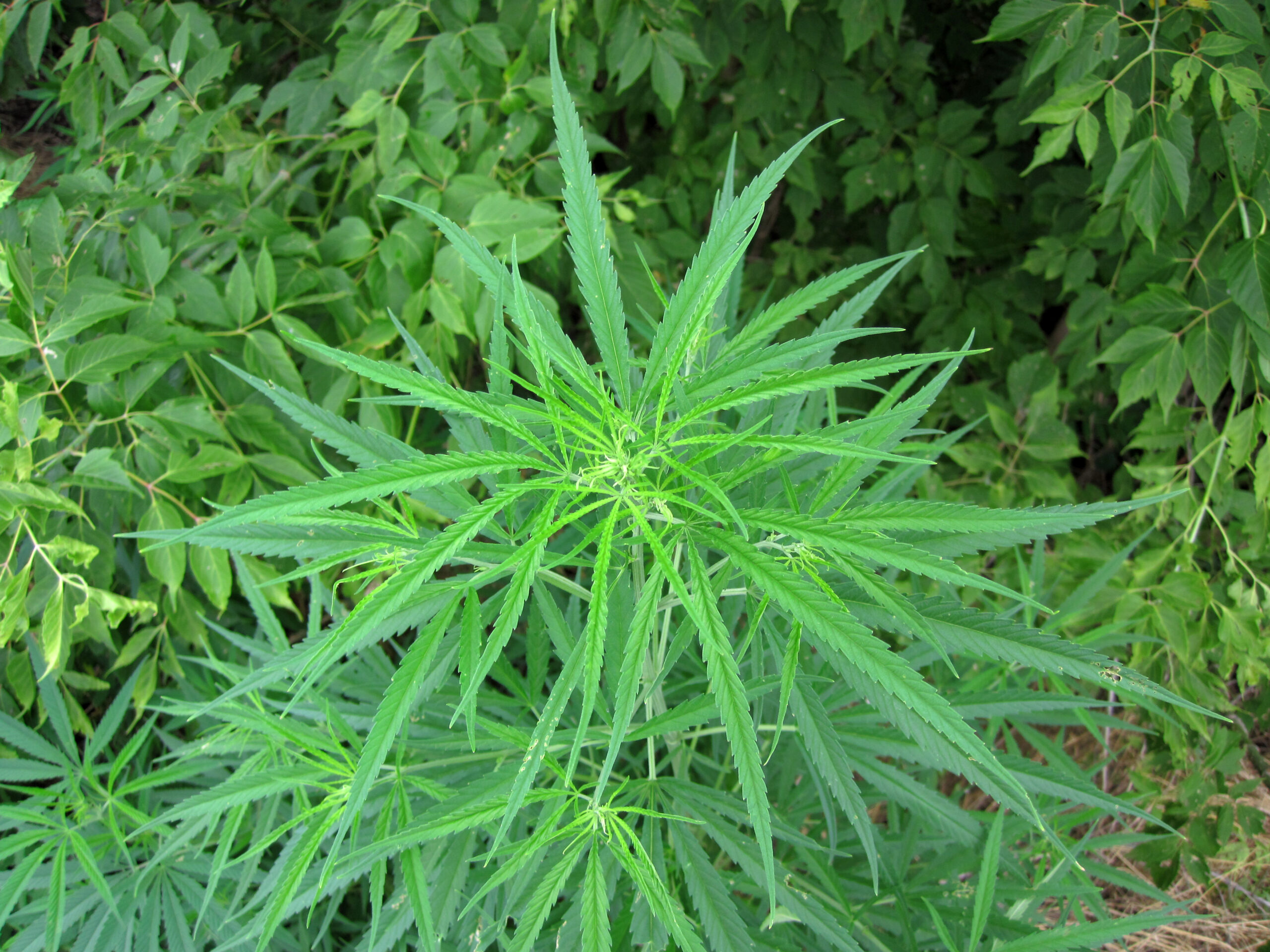
The end-Cretaceous mass extinction event 66 million years ago dramatically altered the relationship between large herbivores and flowering plants. While many dinosaur species vanished, flowering plants proved remarkably resilient and continued to diversify.
The extinction of large herbivorous dinosaurs removed major seed dispersers and plant consumers from ecosystems worldwide. This ecological disruption initially caused some flowering plant species to decline, particularly those that had co-evolved specific relationships with dinosaur species. However, the overall flowering plant community survived and eventually flourished in the post-extinction world.
Smaller animals, including early mammals and birds, began to fill some of the ecological roles previously occupied by dinosaurs. These new relationships shaped the evolution of flowering plants in the Cenozoic Era, leading to the incredible diversity of flowers we see today. The foundation laid during the Cretaceous plant-dinosaur interactions set the stage for all future plant-animal relationships on Earth.
Legacy of the Cretaceous Garden
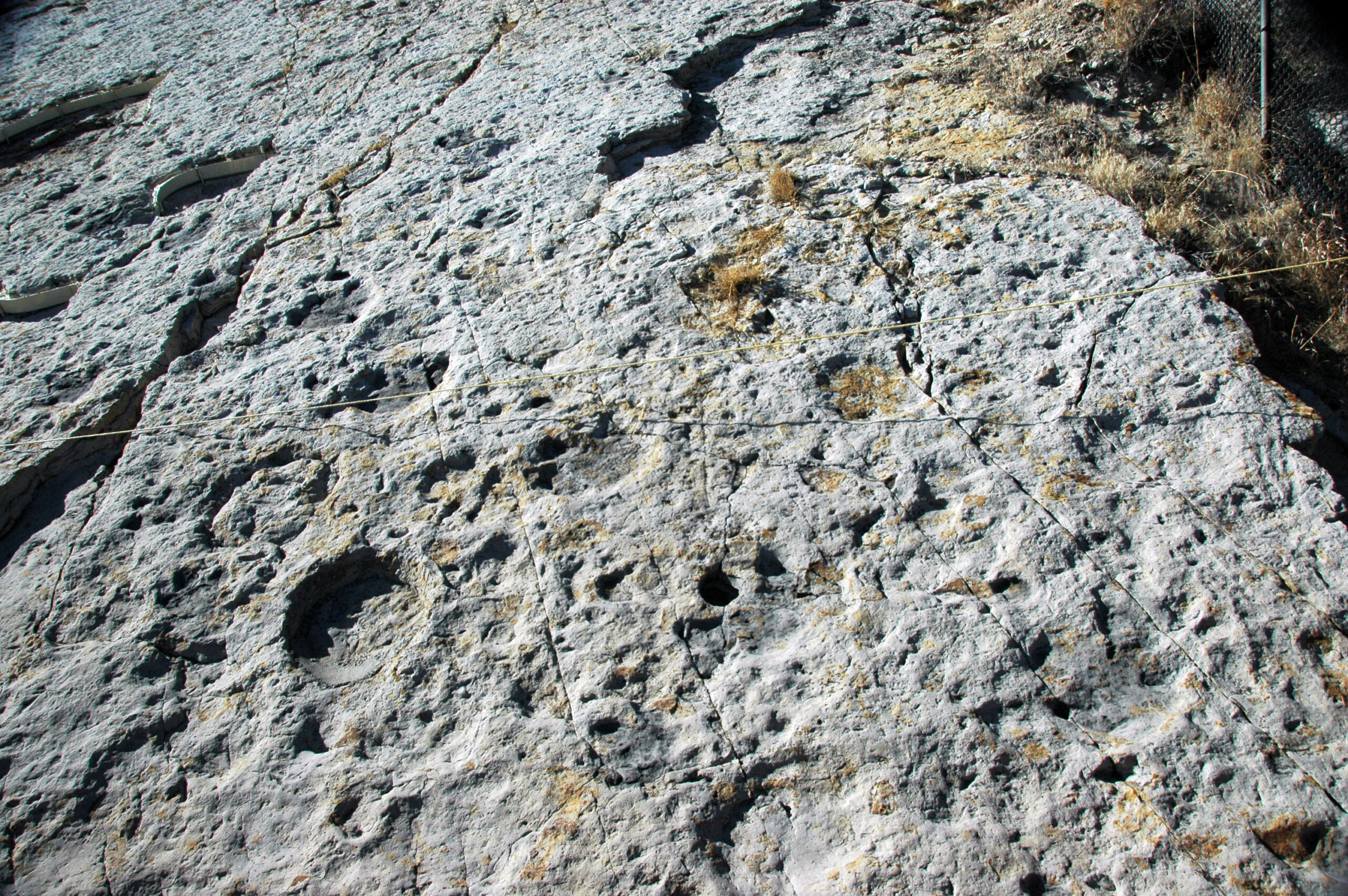
The revolutionary changes that occurred during the Cretaceous Period established patterns that continue to influence life on Earth today. The flowering plant innovations that first attracted dinosaurs became the foundation for virtually all modern terrestrial ecosystems.
Every time you see a bee visiting a flower, a bird eating berries, or a mammal dispersing seeds, you’re witnessing the continuation of relationships that began when dinosaurs first encountered flowering plants. The pollination networks, seed dispersal mechanisms, and plant-animal interactions that developed during the Cretaceous provided the template for the complex ecosystems that surround us today.
Modern conservation efforts often focus on protecting these ancient interaction patterns. Understanding how dinosaurs and flowering plants co-evolved helps scientists appreciate the importance of maintaining plant-animal relationships in contemporary ecosystems. The Cretaceous floral revolution reminds us that major evolutionary innovations can have consequences that ripple through time for hundreds of millions of years.
The story of dinosaurs meeting their first flowers represents one of evolution’s most successful experiments in cooperation and adaptation. What began as simple plants producing modest blooms became a transformation that reshaped life on Earth. These ancient partnerships between massive reptiles and delicate flowers created the ecological foundation for our modern world, proving that sometimes the most unlikely relationships can produce the most extraordinary results. Who would have thought that such gentle beginnings could support giants?


